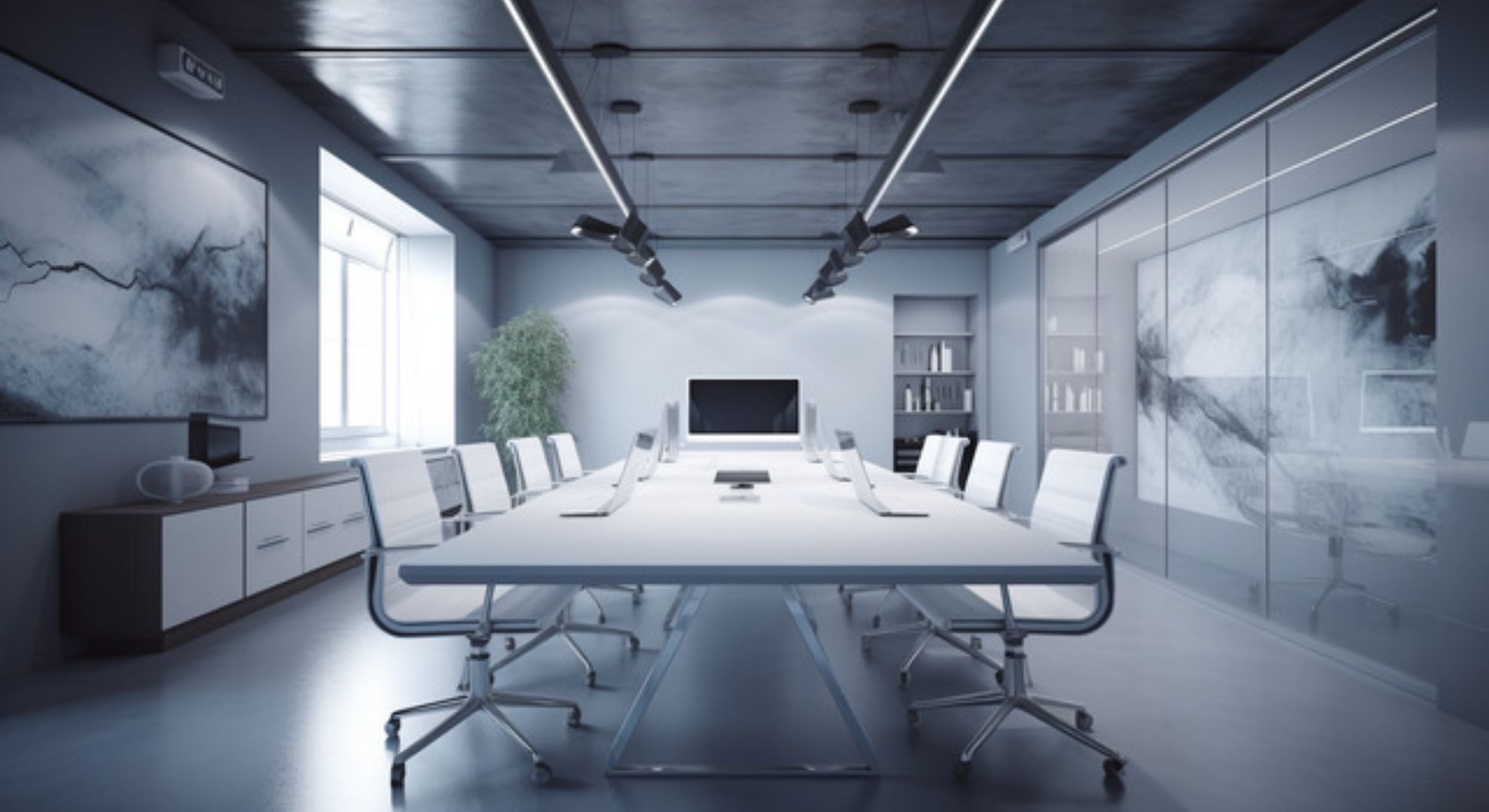Selecting the right office conference table is a crucial aspect of creating an effective workspace. It serves as the focal point for meetings, collaboration, and brainstorming sessions, impacting both the aesthetics and functionality of your office environment. This guide will walk you through the essential considerations for choosing the perfect office conference table to enhance productivity and foster communication.
Why the Office Conference Table Matters
An office conference table is more than just a piece of furniture; it plays a pivotal role in how meetings are conducted and how ideas are shared. The right table can facilitate open dialogue, encourage collaboration, and create a professional atmosphere for both employees and clients. A well-designed conference table helps set the tone for your meetings, influencing engagement and productivity.
Key Factors to Consider
1. Size and Space
Before you begin shopping for an office conference table, assess the available space in your meeting room.
- Measure the Area: Take accurate measurements of the room, considering not only the length and width but also the height of the space. Ensure there is enough clearance around the table for people to move comfortably.
- Capacity: Determine the typical number of participants in your meetings. The table should comfortably accommodate this number while allowing for additional space for materials, laptops, or presentations.
- Room Shape: The shape of the room can also influence the table’s design. For instance, narrow rooms may benefit from longer, rectangular tables, while square or circular spaces might suit round tables better.
2. Table Shape
The shape of the office conference table can greatly affect the dynamics of communication:
- Rectangular Tables: Best for larger groups, rectangular tables facilitate direct communication and can accommodate various seating arrangements. They are versatile and fit well in most office layouts.
- Round Tables: Ideal for smaller teams, round tables encourage participation and equality, as everyone is positioned equidistant from one another. This shape is great for brainstorming sessions where collaboration is key.
- U-Shaped Tables: Suitable for presentations and discussions, U-shaped configurations allow all participants to face the speaker, promoting engagement and interaction.
Choosing the right shape will enhance the flow of conversation and make meetings more effective.
3. Material Choices
The materials used in your office conference table design are critical for both durability and aesthetics:
- Wood: A classic choice, wooden tables offer warmth and professionalism. They can be found in various finishes, from natural wood grains to polished varnishes, allowing you to match your office decor.
- Glass: Glass tables provide a sleek, modern look and can make a space feel larger and more open. However, they require regular maintenance to keep them clean and smudge-free.
- Metal: Metal tables are known for their durability and contemporary appeal. Often paired with wooden or glass surfaces, they offer a robust option that can withstand heavy use.
- Laminate: An affordable alternative that mimics the appearance of wood or stone, laminate tables are durable and easy to maintain, making them suitable for high-traffic environments.
Select a material that meets your office’s functional needs while enhancing its aesthetic appeal.
4. Functional Features
Today’s office conference tables often come with various features that enhance usability:
- Built-in Power Outlets and USB Ports: These features allow participants to charge devices and connect laptops seamlessly, eliminating the hassle of extension cords.
- Cable Management: A good cable management system keeps cords organized and out of sight, contributing to a tidy workspace.
- Modular Designs: Some tables can be reconfigured for different meeting types, allowing for flexibility as your team grows or changes.
These functional elements can significantly improve the meeting experience, making it easier for teams to collaborate effectively.
5. Comfort and Ergonomics
Comfort is key during meetings, especially if they tend to run long. Consider the following:
- Height and Ergonomics: Ensure the table height is appropriate for the chairs you will be using. A comfortable height promotes good posture, which is essential for maintaining focus.
- Chair Compatibility: Choose chairs that pair well with the table. Ergonomic chairs can enhance comfort and support, helping participants stay engaged.
- Rounded Edges: Tables with rounded edges not only look sleek but also enhance safety, making them a smart choice for high-traffic areas.
Investing in comfort leads to more productive meetings and a better overall experience for everyone involved.
6. Aesthetic Appeal
The appearance of your office conference table plays a significant role in shaping the overall atmosphere of your meeting space. Consider:
- Color and Finish: Select colors that align with your brand identity. Neutral tones can create a professional ambiance, while vibrant colors can inject energy into the space.
- Style: Consider whether a modern, traditional, or industrial style best fits your office decor. The conference table should harmonize with other furnishings, contributing to a cohesive look.
An aesthetically pleasing table can leave a lasting impression on clients and visitors, enhancing your company’s image.
7. Budget Considerations
Establishing a budget is crucial when selecting an office conference table. While it’s important to find a table that fits your budget, prioritize quality and functionality to ensure you make a sound investment.
Exploring options across different price points can help you find a table that meets your needs without compromising on quality.
Conclusion
Choosing the perfect office conference table requires careful consideration of various factors, including size, shape, material, functionality, comfort, aesthetics, and budget. By thoughtfully evaluating these elements, you can select a conference table that enhances collaboration, productivity, and the overall atmosphere of your office. Investing in the right office conference table is an investment in your team’s success, fostering an environment where ideas can thrive and effective communication is paramount. Take your time to explore your options, and make a choice that will benefit your organization for years to come.
For more insightful articles related to this topic, feel free to visit- ( Click Here )
